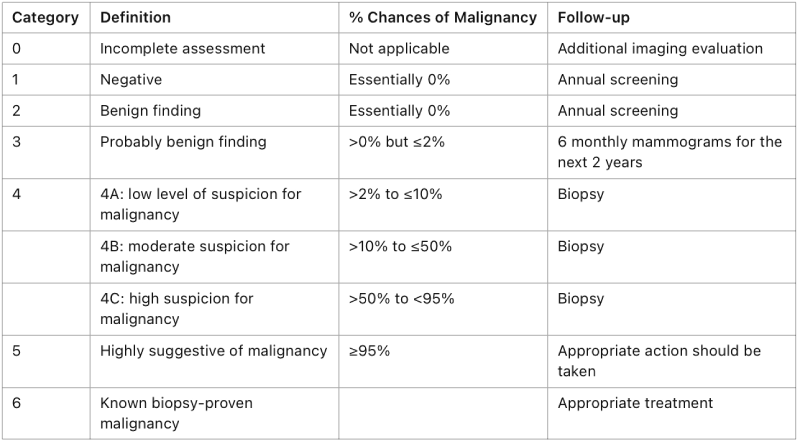What is a breast self exam, and how often should I do it?
A breast self exam is a routine check you perform on yourself to detect changes in your breast tissue. It’s recommended once a month, often a few days after your menstrual period ends. Start
What is breast cancer?
Breast cancer occurs when cells in the breast grow uncontrollably, often forming a tumor. It can begin in different parts of the breast, commonly in ducts or lobules.
What are the risk factors for breast cancer?
Key risk factors include age, family history, genetic mutations (like BRCA1/BRCA2), hormonal factors, lifestyle factors (smoking, diet, alcohol), and exposure to radiation.
What are common symptoms of breast cancer?
Symptoms may include a lump in the breast, changes in breast shape or size, nipple discharge, skin dimpling, or pain in a specific area of the breast.


What should I do if I find a lump?
If you find a lump or notice any breast changes, consult a doctor promptly. Not all lumps are cancerous, but they should be evaluated.
What are the causes of nipple discharge?
1. Hormonal changes – During menstruation, pregnancy, or breastfeeding.
2. Infections – Mastitis or abscesses, often with pain or swelling.
3. Duct Ectasia – Thickened milk ducts, common near menopause.
4. Intraductal Papilloma – Benign growth in milk ducts, sometimes bloody.
5. Galactorrhea – Milk like discharge due to high prolactin levels.
6. Breast Cancer – Bloody discharge from one breast.
7. Medications – Antipsychotics, antidepressants, few blood pressure drugs.
8. Physical Stimulation or Injury.
Is breast cancer hereditary?
About 5-10% of breast cancers are hereditary, often linked to BRCA1/BRCA2 mutations. A family history of breast cancer may increase your risk.
How is breast cancer diagnosed?
Diagnosis typically involves a clinical exam, imaging (mammogram, ultrasound, MRI), and a biopsy to confirm the presence of cancerous cells.
What is a mammogram?
A mammogram is an X-ray of the breast used to detect early signs of breast cancer, such as lumps or microcalcifications. It’s recommended as a screening tool.
When should I start getting mammograms?
In normal or average risk
-
25-39 years of age: clinical breast examination.
-
≥ 40 years of age: clinical breast examination + mammogram annually.
In high risk (positive family or genetic history of breast cancer)
-
Annual mammogram or MRI from 25 years of age.
What are types of breast cancer?
1. Ductal Carcinoma in Situ: Non invasive cancer contained within the milk ducts.
2. Invasive Ductal Carcinoma: Most common type, begins in milk ducts and invades surrounding breast tissue.
3. Invasive Lobular Carcinoma: Starts in lobules (milk-producing glands) and spreads to surrounding tissue.
4. Triple-Negative Breast Cancer: Lacks estrogen, progesterone, and HER2 receptors, making it more challenging to treat.
5. HER2-Positive Breast Cancer: Has high levels of HER2 protein, which promotes cancer growth; treated with targeted therapies.
6. Inflammatory Breast Cancer: Rare and aggressive, often with redness and swelling, blocking lymph vessels in the skin.
7. Paget’s Disease of the Nipple: Rare form involving the nipple and areola, often associated with underlying DCIS or IDC.
8. Metaplastic Breast Cancer: Rare subtype with diverse cell types, often resistant to common treatments.
What are the treatment options for breast cancer?
Treatments vary by stage and type and may include surgery, radiation, chemotherapy, hormone therapy, targeted therapy, or immunotherapy.
What are the types of breast surgery?
1. Lumpectomy – Removes a breast lump, often for early-stage cancer.
2. Mastectomy – Removes one or both breasts; can be total (entire breast is removed), modified (entire breast + some lymph nodes are removed), or radical (entire breast + lymph nodes + chest wall muscles are removed).
3. Breast Reconstruction – Rebuilds breast shape post-surgery, using implants or tissue.
4. Breast Reduction – Reduces breast size to relieve discomfort.
5. Breast Augmentation – Enhances breast size with implants or fat transfer.
6. Mastopexy – Lifts and reshapes sagging breasts.
7. Lymph Node Surgery – Removes lymph nodes to check or prevent cancer spread.
What is TNM staging of breast cancer?
TNM staging is a system used to describe the extent of breast cancer. It stands for:
T (Tumor): Indicates the size and extent of the primary tumor in the breast.
N (Nodes): Indicates if the cancer has spread to nearby lymph nodes and, if so, how many.
M (Metastasis): Indicates if the cancer has spread to other parts of the body.
Each category is given a number or letter to describe the severity (e.g., T1, N0, M0), which together help determine the cancer’s stage from 0 to IV. This staging guides treatment options and prognosis.
What is BI-RADS?
The Breast Imaging Reporting And Data System is a scoring system that doctors use to categorise the results of mammograms, breast ultrasounds, and breast MRIs.
